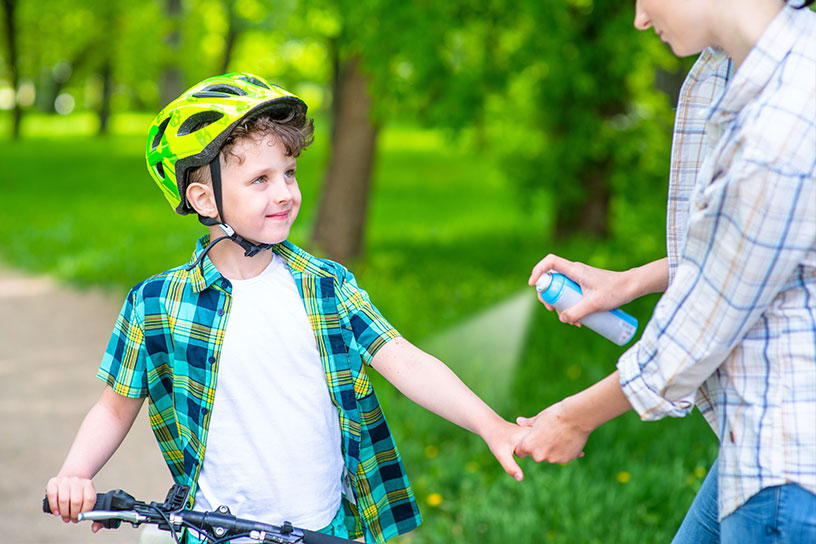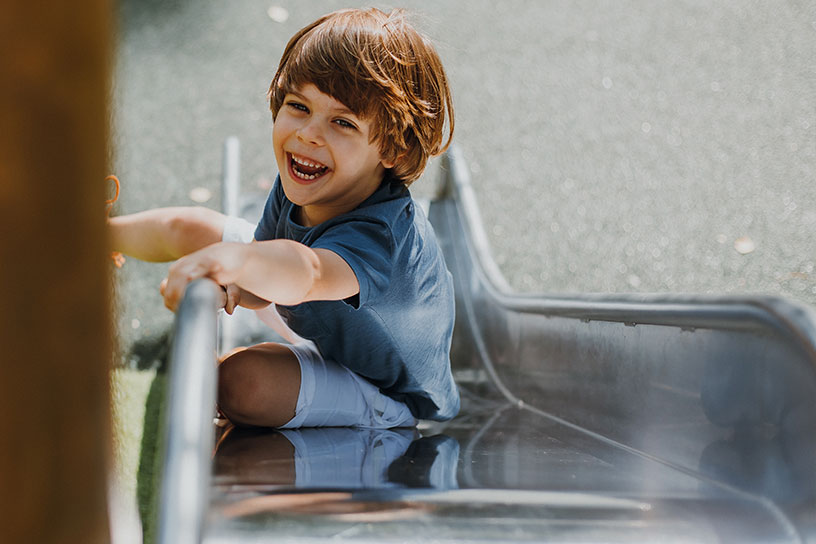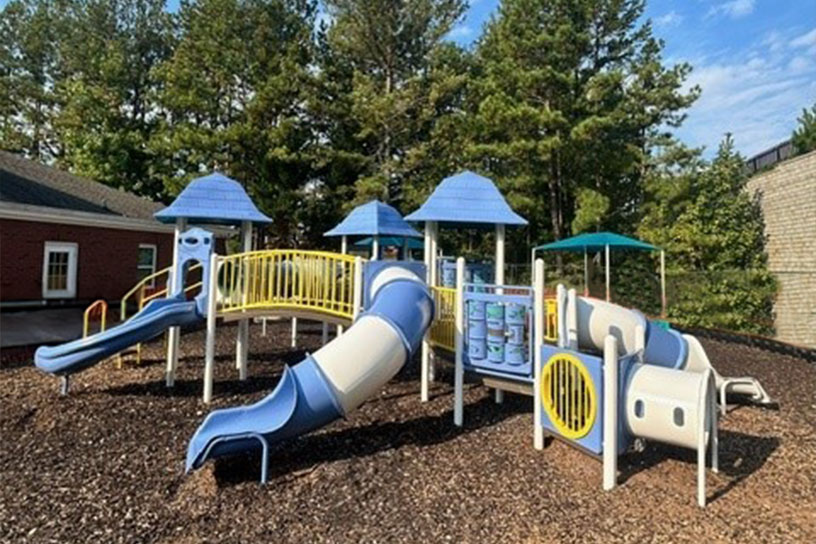Playground ziplines (also known as trackrides), are being added to playgrounds across the country. They seem like a fun way to bring the feel of a theme park to your neighborhood, park, or school. But, they may not be as safe as they seem. Today we’re diving into the potential safety issues of ziplines/trackrides and how to mitigate the risks they present.
What Is a Playground Zipline/Trackride?
Playground ziplines are an exciting new addition to playgrounds across the country. Typically, trackrides consisted of just a handle, while ziplines consist of a seat on a cable or slider. While some have safety precautions like seatbelts, most rely on the child’s grip strength to hold on. They typically jolt to a stop and swing when they reach the end of the track, before traveling back in the direction they came.
Why Are Playground Ziplines Considered Potentially Dangerous?
There are several reasons that playground safety professionals are concerned with the growing popularity of ziplines.
They Rely on the Child’s Grip Strength
One of the most dangerous aspects of trackrides/ziplines is that they require a child to hold on tight to a moving swing, even when jolted at the end of the cable. If the child lets go while the zipline is in motion, they could be seriously injured. Many times children lift other children up to reach the handle and they don’t have the upper body strength to hold on the whole way across. So they fall to the surface, sometimes resulting in injuries.
They Are Difficult to Stop and Control
Playground ziplines are fun because they move quickly – but they are also difficult to stop and/or control when needed. The safest way to stop a zipline is to let it run out of steam from the initial push-off. Trying to stop a zipline by catching it as the child zooms by is never a safe option – but too often, we see injuries to both children and playground supervisors from this exact scenario.
They Require a Large, Clear Area
Finally, ziplines can cause unexpected collisions and put other children at play at risk. Slides and traditional swing paths are relatively short, so it’s easy to see if there are other children in the way and warn them to step back. However, zipline tracks can be much longer, and children can wander into their path accidentally. That paired with the quick movement of the zipline doesn’t provide enough time to warn children at play.

What Are the Most Common Injuries Caused by Playground Ziplines?
Unfortunately, ziplines are a common area for accidents and injuries on the playground. Many injuries are caused by parents or supervisors allowing children who are too young to use them. These children don't have the appropriate grip strength or decision-making skills yet to use a zipline safely.
Some of the most common injuries include:
- Minor fall-related injuries like scrapes, cuts, and bruises
- Serious fall-related injuries like sprains and broken bones
- Whiplash and other head and neck injuries
Because they can cause serious injuries, many argue that ziplines are too dangerous and have no place on a school or park playground.
How Can You Mitigate the Risks of Playground Ziplines?
Luckily, there are a few ways to reduce the risk of injury if your playground has a zipline feature.
First, ensure the children playing on it are old enough to use it properly and hold on for the duration of the ride. If they’re too young to do the monkey bars independently, they’re too young to ride the zipline. If your playground is exclusively used by younger children, you may want to rope the feature off to prevent temptation.
Next, create a physical or symbolic barrier around the zipline path. Plastic cones, spray paint, and railings will all prevent other children at play from running into the zipline’s path.
Finally, have your playground zipline and your surfacing inspected regularly by a certified playground safety inspector to ensure it is as safe as possible. Issues with the cable or track can cause serious injuries, and frequent inspection can prevent small issues from becoming serious safety problems. And, shallow loose-fill surfacing can cause even more severe injuries from falls.
If you live in an area with extreme weather (like hurricanes, earthquakes, or blizzards), you’ll want to have your equipment inspected after any severe storms or occurrences as well.





